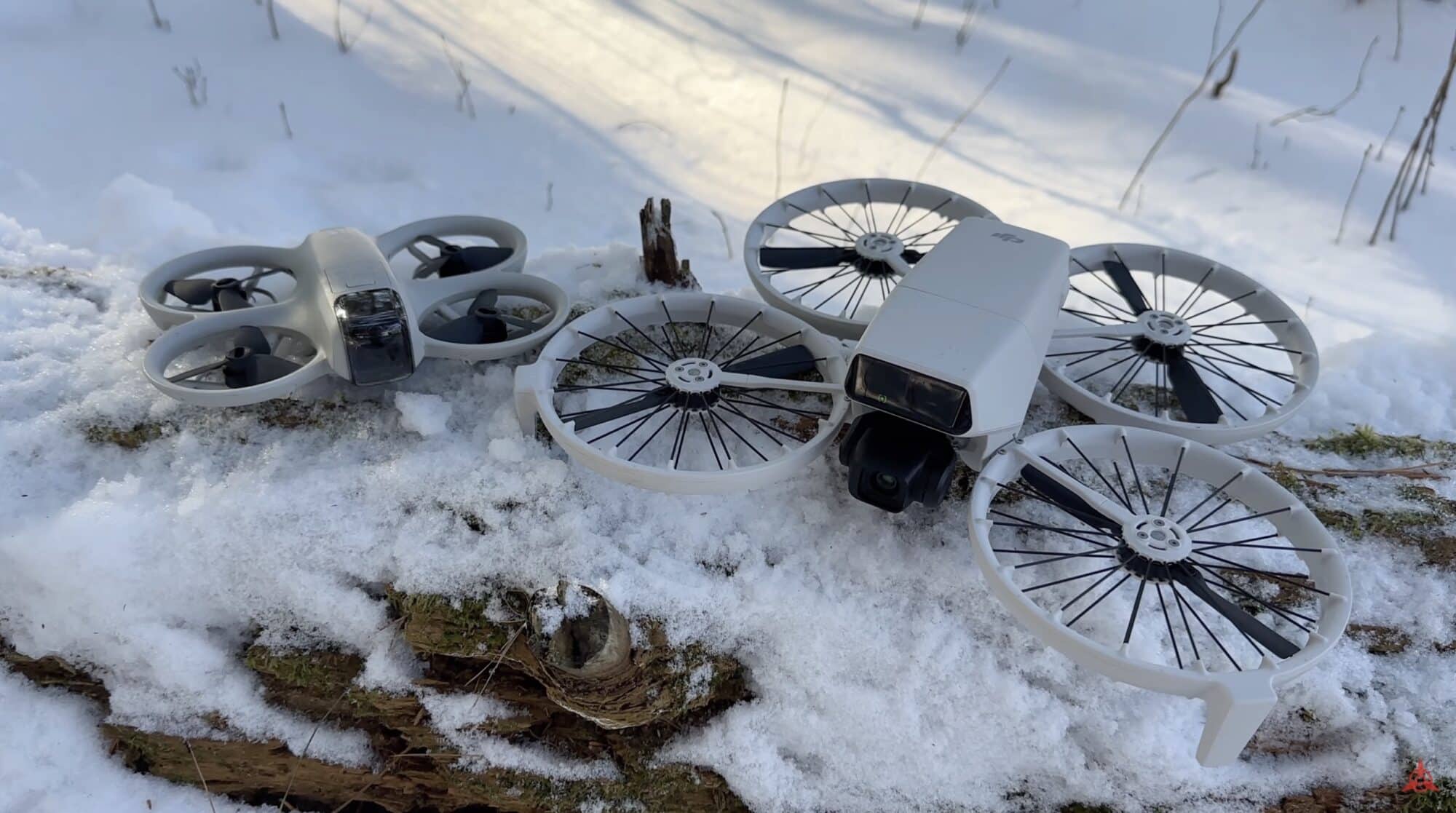China’s Revolutionary Battery Enables Drone Flight in -32.8°F Conditions
A groundbreaking achievement has emerged from a research team in China, which successfully operated a hexacopter UAV in frigid temperatures of -32.8°F (-36°C). This remarkable feat was made possible using a cutting-edge lithium battery developed by the Dalian Institute of Chemical Physics (DICP), part of the Chinese Academy of Sciences. This advanced power source is expected to transform drone operations, especially in extreme weather conditions, as reported by Interesting Engineering.
Innovations Driving Cold-Weather Drone Performance
The trials of this next-generation lithium battery were conducted in Mohe City, Heilongjiang Province, recognized as one of the coldest places in China. During the tests, the hexacopter demonstrated its capability to perform intricate maneuvers, including quick startups, sustained hovering, and accurate navigation. This new battery system significantly outperformed standard lithium-ion batteries, which typically experience rapid voltage drops and diminished capacity in low temperatures. As noted by Science and Technology Daily, the new battery maintained stable power output during the test.
Chen Zhongwei, the director of the Power Battery and Systems Research Center at DICP, led a team that enhanced the electrolyte composition and anode materials to counteract the inefficiencies often observed in cold environments. This enhancement allows the battery to function effectively across a temperature spectrum of -40°F to 122°F (-40°C to 50°C), vastly exceeding conventional industry standards.
Significant Technical Advances
Battery degradation in cold climates has been a persistent issue in the drone sector, largely due to increased viscosity and sluggish ion mobility in electrolytes at low temperatures. The DICP team addressed these challenges with two key innovations: a specially designed electrolyte that remains both fluid and conductive in subzero conditions, and anode modifications that mitigate lithium plating, a common problem that can compromise battery longevity and safety.
Prior to field testing, the battery was rigorously evaluated in laboratory conditions that simulated extreme cold. The testing confirmed its robustness, revealing consistent voltage levels and minimal degradation even after extended periods. Such attributes enhance performance, safety, and longevity—crucial factors for drones deployed in remote or high-stenity missions.
Implications for the Drone Market
This technological breakthrough aligns with the increasing demand for unmanned aerial vehicles (UAVs) that can operate in harsh conditions, particularly for logistics, defense, and scientific research applications. Drones equipped with reliable power sources will prove vital for polar expeditions and border surveillance operations in extreme environments.
The economic impact could be significant as industry leaders like DJI consider integrating this technology into their industrial solutions. While high-quality drone batteries currently range from $500 to $1,500, the potential increase in costs associated with this new battery may be offset by its reliability and performance advantages.
Evolving Regulatory Standards
The introduction of a cold-weather reliable battery could also influence regulatory frameworks. In the United States, the Federal Aviation Administration (FAA) imposes strict performance and safety regulations, particularly regarding beyond-visual-line-of-sight (BVLOS) operations. Such a battery would simplify compliance, especially in areas like Alaska, where frigid temperatures often challenge UAV deployment. Similar adaptations to certification standards may occur in Europe and China as the need for cold-weather drone capabilities intensifies.
Looking Forward
The DICP battery substantially expands the operational range of drones, which, until now, have been limited by temperature constraints. Current consumer drones typically operate effectively between 32°F and 104°F (0°C to 40°C), revealing a gap that this new technology aims to fill. Additionally, these advancements have implications that extend beyond drones, potentially benefiting sectors such as electric vehicles and remote energy solutions.
As DICP looks to enhance production capabilities, they are collaborating with aerospace and defense sectors to refine manufacturing processes and integrate features like self-regulating thermal controls.
Conclusion: A Game-Changer for Extreme Conditions
This new lithium battery is not just a milestone for China; it poses a challenge to the global drone market by proving that reliable UAV operation in subzero temperatures is possible. Achieving such low temperature resilience opens up opportunities for missions that were previously deemed impractical, including research in the Arctic and disaster relief in winter storms. As scaling production becomes a priority, this innovation could catalyze a significant shift in industry standards toward reliability and performance under extreme conditions.
For continuous updates on advancements in drone technology, keep us on your radar!













